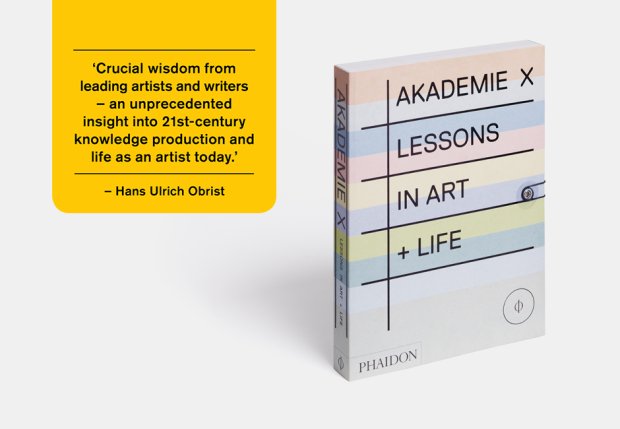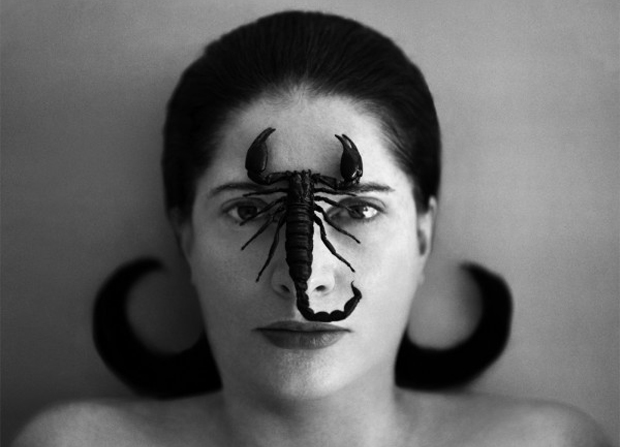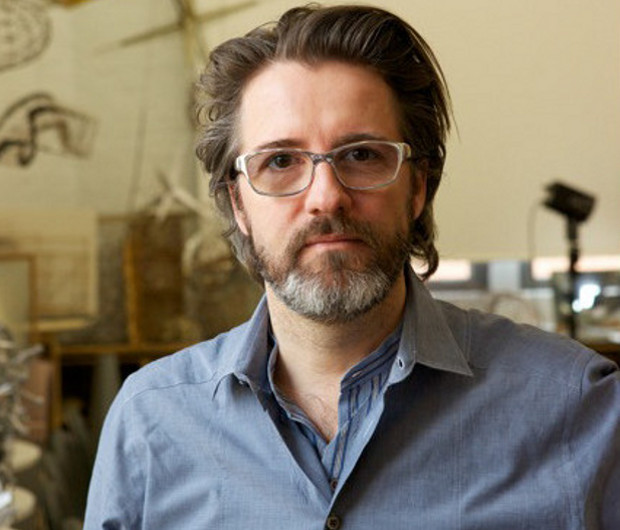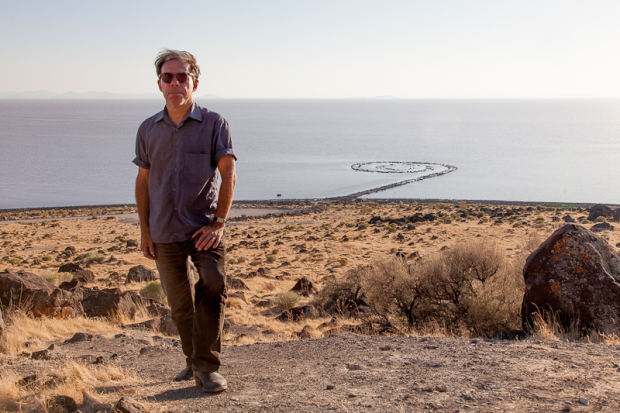
An AKADEMIE X reading list
On World Book Day, learn which books inspire Marina Abramović, Bob Nickas, Dan Graham and Miranda July
If you’re familiar with our books, then you must be a pretty able reader. So, World Book Day, an event marked today on the first Thursday in March the UK and Ireland and on 23 April in the rest of the world, and largely aimed at younger and less-literate readers, might not wholly apply to you. However, as our new title, AKADEMIE X makes clear, the acquisition of knowledge is worth working at, even after you’ve left school.
This new book is a compendium of choice advice that encourages readers to think, see and live like an artist. It has been put together with the help of a number of notable artists and art-world figures, including Marina Abramović, Richard Wentworth, Bob Nickas and Miranda July. Each author contributed a reading list to his or her dedicated chapter, and, while plenty of them deal with the practical business of being an artist, quite a few of the texts are delightfully off-topic.

Marina picked In Search of the Miraculous by the Russian philosopher PD Ouspensky, a 1949 book that describes his encounters with the spiritual teacher, George Gurdjieff Ouspensky. “This was an important book for me to start understanding and thinking about different realities,” she advises.
The photo-collage artist John Stezaker says he “believe[s] in the importance of seclusion and indolence in the creation of art. Art needs to find a space to hide.” So it’s no surprise he chooses Walden, the 1854 account of American poet and philosopher Henry David Thoreau sylvan retreat. Ólafur Elíasson picks the ancient Chinese text, The I Ching; and the British artist and photographer Richard Wentworth recommends Origins: A Short Etymological Dictionary of Modern English by Eric Partridge.

US artist Christopher Williams displays a similar interest in words when he picks Remote Control: Power, Cultures, a 1994 book by fellow artist Barbara Kruger. Williams says “Kruger turns her eye to many things not considered art and deals with them as complex cultural objects, addressing them on the same level as she would an artwork. Her critical voice opened lots of doors for artists. And she's a great writer. Her language is just fantastic.”
Another artist picking another artist’s book is the Korean-American Won Ju Lim, who quotes from our Isa Genzken book, admiring Genzken’s turn of phrase when she observes “Whatever “modern” means, I don’t reject the term. On the contrary, for me, 'modern' means progress in social and aesthetic terms, but as a wanderer within diversity.”
Both Dan Graham and Carol Bove choose Walter Benjamin’s seminal essay, The Work of Art in the Age of Mechanical Reproduction. “Benjamin’s essay is completely different every time I read it,” says Bove. “He’s making a projection about what will happen as a result of images becoming reproducible, and we have to use all of our powers of imagination to dismantle our media environment for long enough to know what he must have meant.”

Tough work? Well, not every text on the list is as knotty as this. The brilliant Bob Nickas chooses Richard Hertz’s Jack Goldstein and the CalArts Mafia: “The story of some very ambitious, mostly male, art students who came to New York in the latter half of the 1970s to ‘make it’, and did, though for some, success was attenuated, and for others the cost to their moral and emotional accounts was not insignificant,” Nickas explains. Sounds like a page turner to us, as does author, artist and filmmaker Miranda July’s pick; among some serious art books, she also suggests reading Lena Dunham’s memoir Not That Kind of Girl.
Whatever you're reading right now make sure AKADEMIE X is next in line. There’s a lot to learn in here, both in terms of high art and everyday practicality. Find out more about it here.